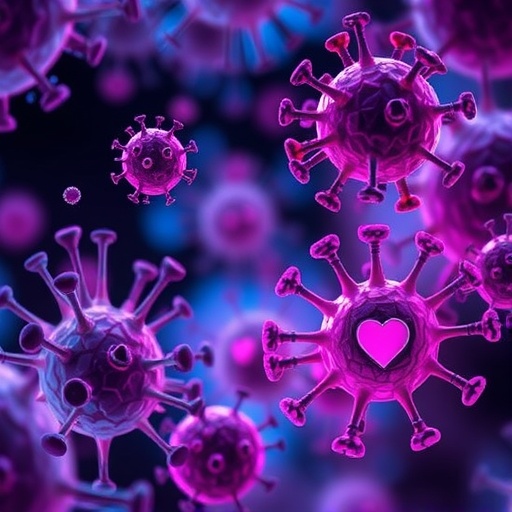While mutations of the ion-channel CFTR cause cystic fibrosis, its inhibition may serve as a target for addressing celiac disease
Heidelberg, 30 November 2018 – Celiac disease is a severe autoimmune disorder of the intestine. It occurs when people develop sensitivity to gluten, a substance found in wheat, rye, and barley. An international research team from Italy and France has now uncovered a new molecular player in the development of gluten intolerance. Their discovery, published in The EMBO Journal, suggests potential targets for the development of therapeutic approaches for the disease.
Celiac disease can appear in people who are genetically predisposed, but it is triggered through environmental factors. When people suffering from celiac disease eat gluten, their immune system triggers a response against their body’s own cells, damaging the mucosal surface of the small intestine. About 1 in 100 people suffer from celiac disease, but the prevalence is about three times higher in patients who also suffer from cystic fibrosis. “This co-occurrence made us wonder if there is a connection between the two diseases at the molecular level,” said Luigi Maiuri of the University of Piemonte Orientale in Novara and San Raffaele Scientific Institute in Milan, Italy, who led the research together with Valeria Raia (University Federico II of Naples, Italy) and Guido Kroemer (University of Paris Descartes, France).
Cystic fibrosis is characterized by the build-up of thick and sticky mucus in the patients’ lungs and intestine. It is caused by mutations of the gene coding for cystic fibrosis transmembrane conductance regulator (CFTR). CFTR is an ion transport protein that plays an important role in keeping mucus fluid – when it fails, the mucus clogs up. Moreover, CFTR malfunction triggers a number of additional reactions in the lungs and other organs including intestine by activation of the immune system. These effects are very similar to the responses triggered by gluten in celiac patients. Maiuri, Kroemer and their colleagues took a closer look at the molecular underpinnings of these similarities.
Gluten is difficult to digest, so that relatively long protein parts – peptides – enter the intestine. Using human intestinal cell lines that are sensitive to gluten, the researchers found that one specific peptide, P31-43, directly binds to CFTR and impairs its function. This interaction triggers cellular stress and inflammation, suggesting that CFTR plays a central role in mediating gluten sensitivity in celiac patients.
Moreover, the interaction between P31-43 and CFTR can be inhibited by a potentiator of CFTR, called VX-770. When intestinal cells or tissue samples collected from celiac disease patients were pre-incubated with VX-770 before being exposed to P31-43, the peptide did not elicit an immune reaction. Thus, VX-770 protects gluten-sensitive epithelial cells from the detrimental effect of gluten. In addition, the researchers found that VX-770 could protect gluten-sensitive mice from gluten-induced intestinal symptoms.
There is, as yet, no cure for celiac disease; the only therapeutic strategy is to keep a strict diet. However, the current study is a promising step towards the development of a treatment. It suggests that CFTR potentiators, which have been developed to treat cystic fibrosis, may also be explored as a starting point for the development of a remedy for celiac disease.
###
Read the article: emboj.embopress.org/cgi/doi/10.15252/embj.2018100101
doi: 10.15252/embj.2018100101
A pathogenic role for cystic fibrosis transmembrane conductance regulator in celiac disease
Valeria R. Villella, Andrea Venerando, Giorgio Cozza, Speranza Esposito, Eleonora Ferrari, Romina Monzani, Mara C. Spinella, Vasilis Oikonomou, Giorgia Renga, Antonella Tosco, Federica Rossin, Stefano Guido, Marco Silano, Enrico Garaci, Yu-Kai Chao, Christian Grimm, Alessandro Luciani, Luigina Romani, Mauro Piacentini, Valeria Raia, Guido Kroemer & Luigi Maiuri
Media Contact
Tilmann Kiessling
[email protected]
Related Journal Article
https:/
http://dx.




